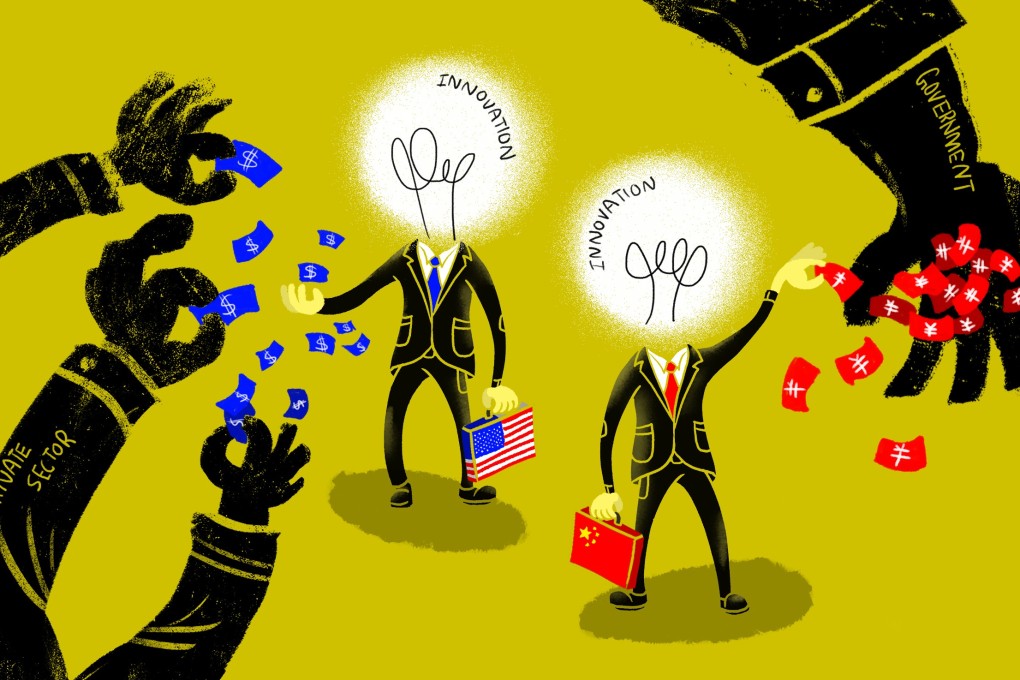Does top-down, state-led innovation work? Just ask Silicon Valley
- In 2017 alone, China’s central and local governments allocated US$7.7 billion in subsidies to both carmakers and buyers
- But how big should the state’s role be in fostering innovation?

It was the 1950s and 60s, a time of high tension among the superpowers.
As one national government was funding elite research institutes and enlisting its country’s top scientific minds to develop military technology, it likely had little inkling the move would form the basis of a broader, civilian technology industry in the coming decades.
The force behind this state-led initiative – a style of innovation commonly associated with China – was the US government, which seeded California’s Silicon Valley with funding for military research at Stanford University.
It was there that the dean of engineering, Frederick Terman, actively encouraged students to launch companies to exploit these technologies for profit – the most famous of his disciples being Hewlett-Packard founders Bill Hewlett and Dave Packard.
“Most people who came here after the 1980s just assumed it’s all silicon and chips,” said Steve Blank, a Silicon Valley entrepreneur and adjunct professor at Stanford.
“But innovation in Silicon Valley actually started in Stanford University, thanks to a single professor who changed the entire culture.”